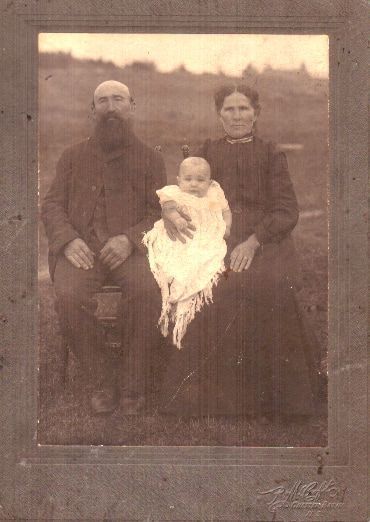hoogkamp
Tenderfoot
- Joined
- Sep 26, 2017
- Messages
- 1
- Reaction score
- 5
- Golden Thread
- 0
- Primary Interest:
- All Treasure Hunting
- #1
Thread Owner
By Joy Steele
A Different Perspective: The Mystery of Oak Island Solved by Joy Steele
Interesting read, seems more reasonable
A Different Perspective: The Mystery of Oak Island Solved by Joy Steele
Interesting read, seems more reasonable




